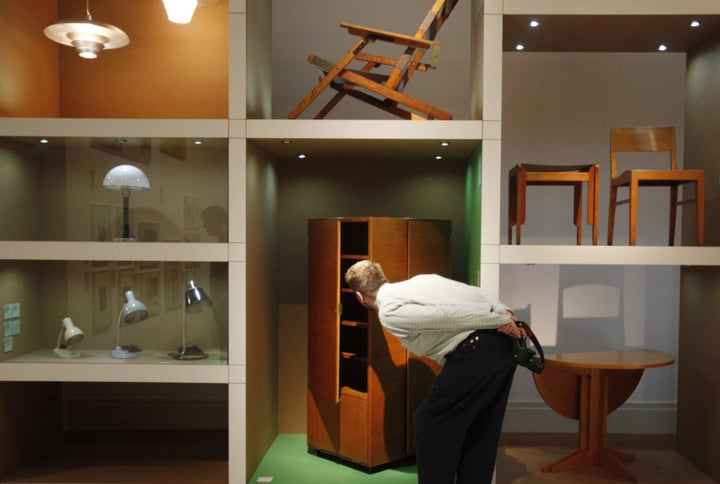
Few developments central to the history of art have been so misrepresented or misunderstood as the brief, brave, glorious, doomed life of the Bauhaus--the epochally influential German art, architecture, crafts, and design school that was founded in Goethe's sleepy hometown of Weimar in 1919. It then flourished from 1925 to 1932 in Dessau, an industrial backwater where the school's first director, Walter Gropius, built its image-making headquarters (see illustration on page 25); and it ultimately but vainly sought refuge in cosmopolitan Berlin, where it closed in 1933, when Hitler took power. Now, nine decades after its inception and three quarters of a century after its dissolution, the Bauhaus has finally been explained to the museum-going public in terms much closer to its actual intent and immense achievement than ever before.
During the past year in Europe and the United States, a remarkable concatenation of survey exhibitions, monographic retrospectives, and their accompanying publications marked the ninetieth anniversary of the founding of the Bauhaus (with comprehensive overviews in Berlin and New York), as well as the work of two of its major protagonists, the Russian painter Wassily Kandinsky (a traveling show seen at the Lenbachhaus in Munich and at the Pompidou Center in Paris before ending at New York's Guggenheim Museum) and the Hungarian multimedia artist László Moholy-Nagy (with one show at the Schirn Kunsthalle in Frankfurt and another at Chicago's Loyola University Museum of Art). Even though it struck some as premature to hold full-scale Bauhaus shows ten years before the legendary institution's centenary, it was certainly time for a long-overdue reassessment of this persistently stereotyped and often maligned powerhouse of modern culture.